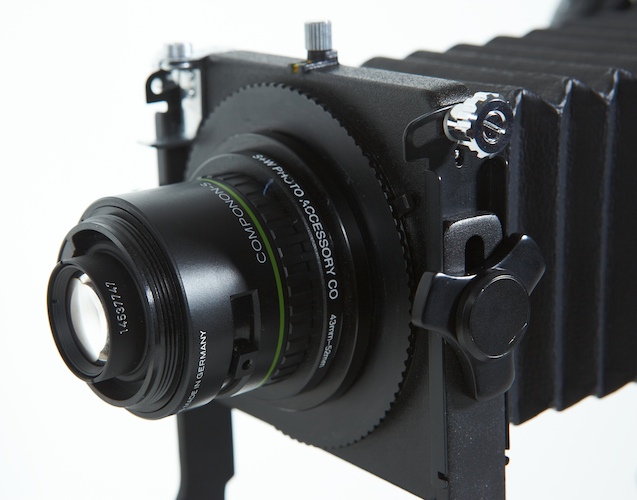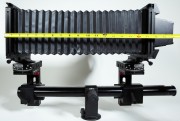Interpolation "may" be an issue, I dont really know. MS backs "may" be better at that sort of thing, but in my tests here using a H4D-200MS in ms mode, I really didnt see any difference. However, there is a seeable difference between the color sensitivity of the drum scanner vs ...anything else....period.
I think that stray light causes a lowering of contrast in general and that includes the shadows in highlight detail as well. Basically across the board, so it appears "softer"
Oil mount eliminates this glare and stray light issue, as well as equalizes refractive index for peaks and valleys in the emulsion (common referred to as scratches and dust), so the image is sharper, more contrasty, better color...blahblahblah..moire and newton rings are also solved, but not the main reason for oil mount.
The grain of film IS what we focus on and IS what we are scanning. I do not try to eliminate it, if I want smaller grain, I guess I tell the shooter to shoot larger format film?
I guess my lens may be off in that it appears soft, I will check against some other shots, but my gut says this is contrast problem. I was wrong once
I think your setup will work great and please post or let me know what you find out.
I think that stray light causes a lowering of contrast in general and that includes the shadows in highlight detail as well. Basically across the board, so it appears "softer"
Oil mount eliminates this glare and stray light issue, as well as equalizes refractive index for peaks and valleys in the emulsion (common referred to as scratches and dust), so the image is sharper, more contrasty, better color...blahblahblah..moire and newton rings are also solved, but not the main reason for oil mount.
The grain of film IS what we focus on and IS what we are scanning. I do not try to eliminate it, if I want smaller grain, I guess I tell the shooter to shoot larger format film?
I guess my lens may be off in that it appears soft, I will check against some other shots, but my gut says this is contrast problem. I was wrong once
I think your setup will work great and please post or let me know what you find out.
Last edited:


